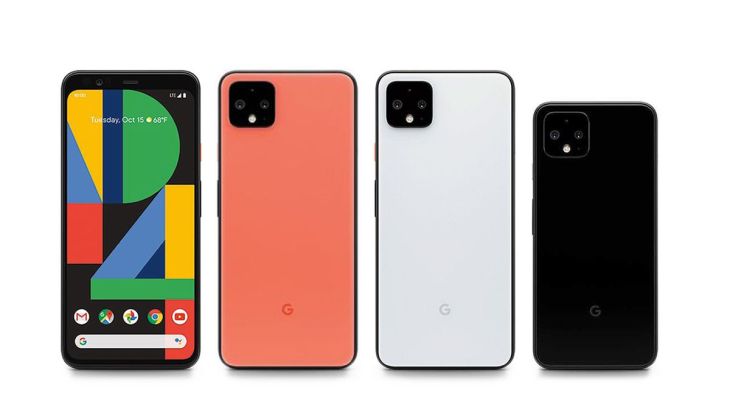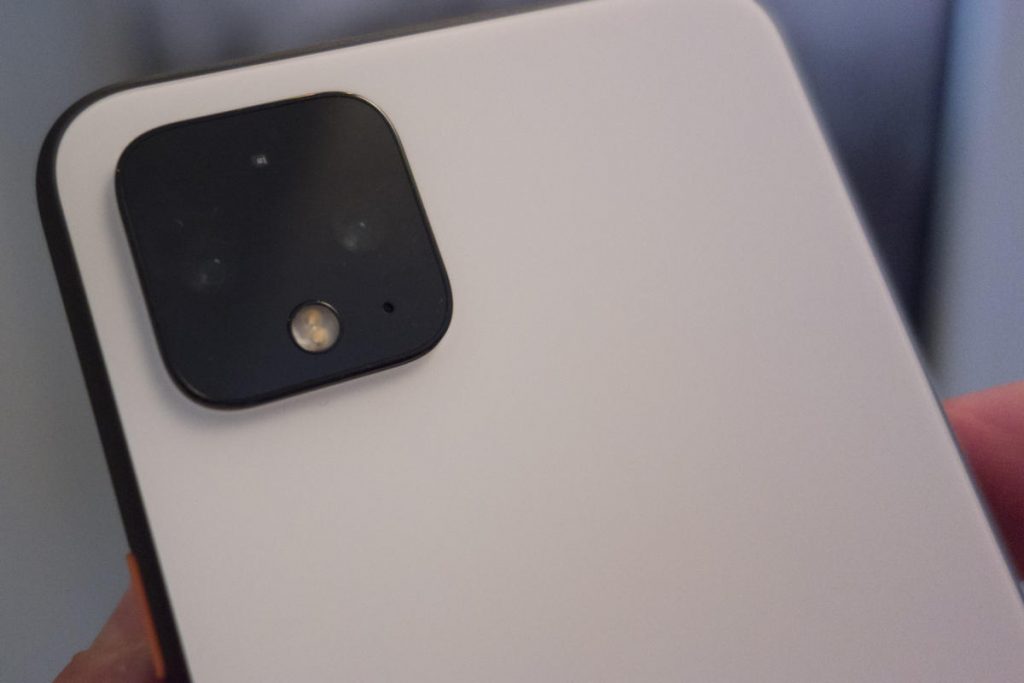They’re long-time rivals and lots of us are wondering which is the best phone right now. Google’s latest offering the Pixel 4 is available now for pre-order, but which should you buy on contract?
Of course when it comes to features and pricing, these two heavyweights are going to be pretty similar, although Apple have a larger premium as per usual.
For the Pixel 4:
- Pricing starts at £669
- 5.7-inch FHD+ OLED display 2800mAH battery with “all-day battery life” and fast and wireless charging capabilities Snapdragon 855 processor
- Google Assistant built-in
- Dual rear camera system including 16 and 12.2-megapixel lenses
- Low-light Astro-photography (no we haven’t made that up!) capability
- 8-megapixel front-facing camera
- 4K video capture at 30 frames per second.
For the iPhone 11 (the so called non-Pro, i.e. entry-level model), here are the specs:
- Pricing starts at £729
- 6.1-inch Liquid Retina display
- Up to 17 hours of video playback battery life with fast and wireless charging IP68 splash, water and dust resistant A13 Bionic chip processor with machine learning
- Dual rear camera system including two 12-megapixel lenses
- Low-light photography
- Night mode 12-megapixel front-facing camera
- 4K video capture at 24, 30 or 60 frames per second
So which is best?
Google trails behind adversaries like Samsung and Apple in the cell phone industry. Its fragment of the market is negligible to such an extent that examination firms like The International Data Corporation and Canalys don’t break out its shipments in their quarterly reports. Be that as it may, Google’s equipment items do fill another significant need: keeping customers guided into its biological system of progressively significant administrations and items like the Google Assistant.

In case you’re settling on the Pixel 4 and Apple’s most recent iPhones, here’s a glance at how their determinations analyze. We’ll have an increasingly thorough guide on how the Pixel 4 piles facing Apple’s most recent cell phones once we’ve had more opportunity to utilize it.
Apple’s new iPhones come in three distinct sizes: the 5.8-inch iPhone 11 Pro, the 6.1-inch iPhone 11, and the 6.5-inch iPhone 11 Pro Max. Google’s Pixel 4, by correlation, comes in two sizes: the 5.7-inch Pixel 4, and the 6.3-inch Pixel 4 XL.
Both of Google’s phones in the Pixel range, in any case, include an OLED screen, while Apple’s more affordable iPhone 11 accompanies a LCD show. OLED screens are equipped for showing further, more genuine blacks and preferable difference over LCD boards.

Apple’s Pro-model iPhones guarantee to offer a higher differentiation proportion than Google’s in any case. The iPhone 11 Pro and 11 Pro Max have a differentiation proportion of 2,000,000 to one, while the Pixel 4 and Pixel 4 XL’s is 100,000 to one. The iPhone 11 has the most minimal differentiation proportion of 1,400 to one.
Google has made enhancements somewhere else as well: the new Pixel 4 XL has a higher invigorate pace of 90Hz, which should make looking over and exploring the telephone’s UI feel smoother and snappier.